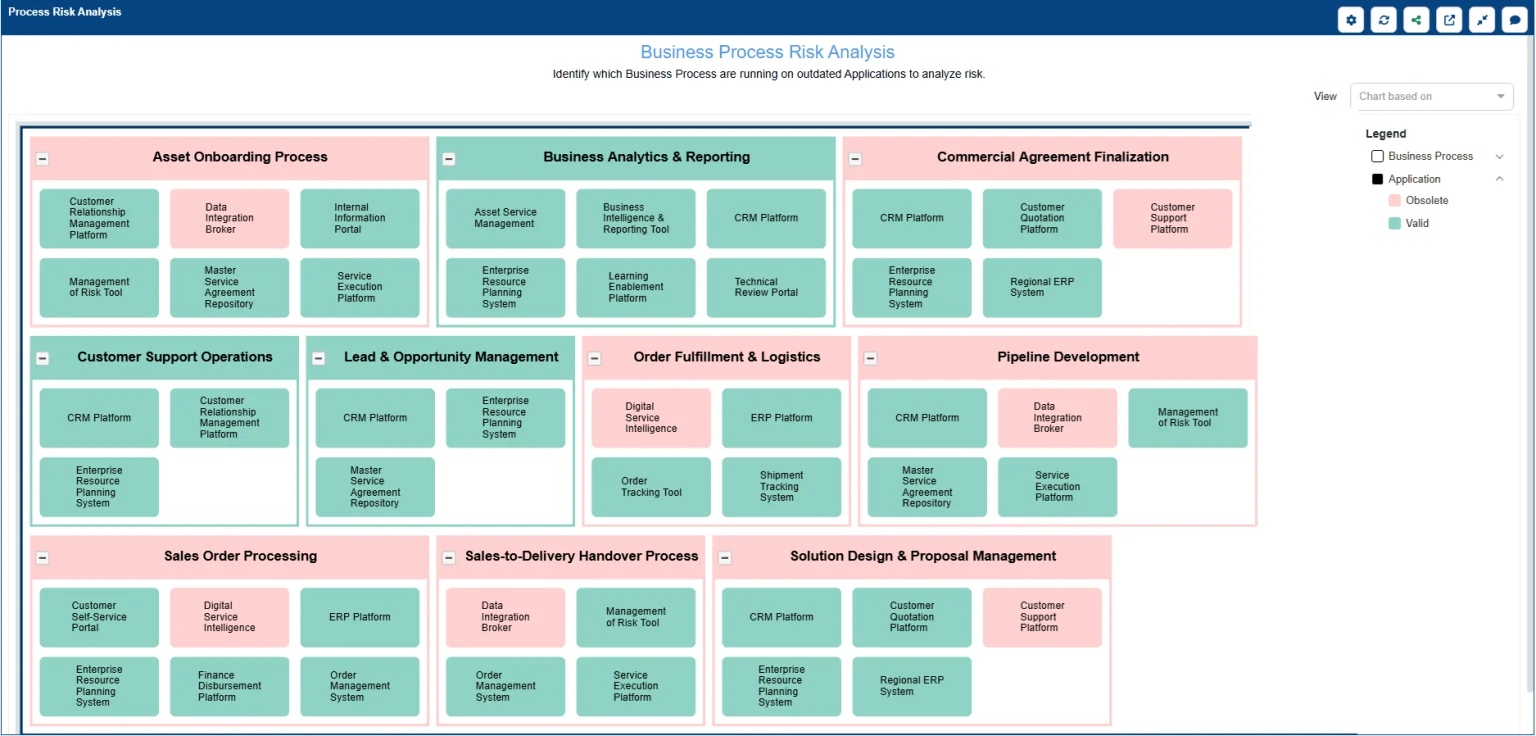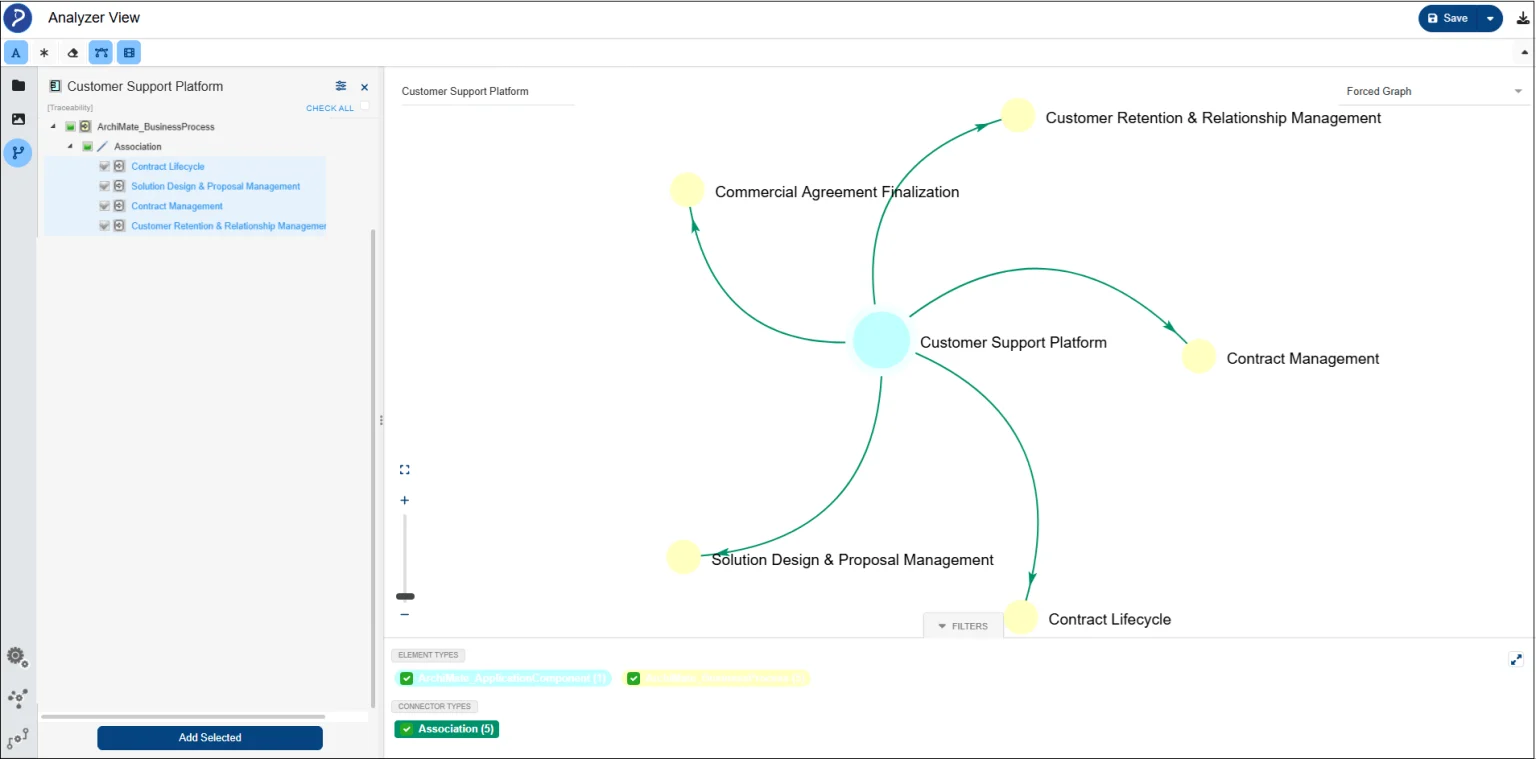In today’s rapidly evolving technology landscape, risk analysis for obsolescence is crucial for sustaining competitiveness and achieving operational excellence. It focuses on identifying, assessing, and mitigating risks from outdated processes, applications, or technologies within business and application portfolios. Effective management ensures continuity, minimises disruptions, and optimises the use of resources.
Understanding Obsolescence Risk in Business Processes and Applications
Obsolescence risk arises from legacy systems, outdated applications, or deprecated workflows that may lack support or compatibility with current standards. This can drive up costs, create security and compliance issues, and harm business performance. Proactive assessment helps organisations anticipate failures or inefficiencies before they become critical.
How Sparx Enterprise Architect Enables Obsolescence Risk Analysis
Sparx Systems Enterprise Architect (EA) supports Obsolescence risk analysis by providing a practical, model-driven environment where architecture assets, dependencies, and risks can be assessed together.
- Bringing Architecture Asset Information: EA consolidates data from Excel, CMDBs, or other tools with built-in import and metadata mapping. Application portfolios, Business Processes, and metadata details are centralised for complete risk visibility.
- Obsolescence Risk Viewpoints: Architects can rapidly create risk-focused views in EA, highlighting obsolete assets. Sub-diagrams for each artifact enable drill-down analysis across the layers.
- Traceability and Impact Analysis: With EA’s traceability window, users see upstream and downstream Application or Process dependencies at a glance. Relationship filters highlight only connected elements, simplifying impact analysis.
- Simple Automation: In EA, automation scripts can flag and color-code dependent processes or applications whenever the risk status of an element changes, making cascading impacts immediately visible.
Monitor & Measure the Risk Reports in Prolaborate
Prolaborate extends Enterprise Architect with a collaborative platform designed for reporting, and stakeholder engagement. It enables decision-makers to easily monitor, measure, and communicate obsolescence risk across the enterprise.
- Real-Time Dashboards and Reporting: Intuitive, tree-style chart visualize risk exposures across business processes and application landscapes, making insights clear and accessible to all stakeholders.
- Analyser View: Interactive reports help identify clusters of dependencies and highlight potential risks linked to outdated processes or applications.
- Live Share: Share reports, charts, and EA diagrams securely (private or public), and publish them directly to platforms like SharePoint or Confluence – avoiding duplication and ensuring a single source of truth.

Tree-style chart

Analyser View in Prolaborate
Strategic Benefits of Using Sparx Systems for Obsolescence Risk Analysis
By combining Enterprise Architect and Prolaborate, organisations can:
- Achieve end-to-end visibility of obsolescence risks across technologies and processes.
- Prioritise mitigation efforts based on business impact and risk severity.
- Ensure compliance and lower costs by reducing reactive fixes.
- Build agility and resilience by continuously evolving application and process landscapes.
Conclusion
Obsolescence risk analysis is a critical discipline for identifying, assessing, and mitigating threats from outdated processes and applications. Together, Sparx Systems delivers an integrated solution – combining detailed modelling with enterprise-wide collaboration.

